Shipping quote request
We’ll calculate the shipping price as soon as getting your request.
Shipping quote request
We’ll calculate the shipping price as soon as getting your request.
You May Also Like
Sponsored Products
Raymond Peynet, Peynet's Lovers for Roger Capron, 1984, Pencil Drawing

M. Wiegand, the Snake and the Pheasant, 20th-century, Gouache
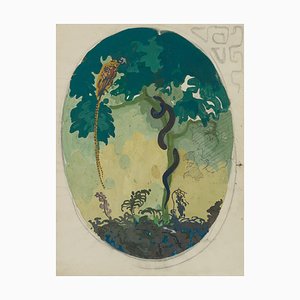
Claude Adrien Caponnetto, Composition, Charcoal on Paper, 1970s, Framed
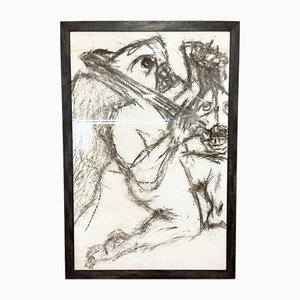
Bettina Gladisch, Figurative Caricatures: World Champions I to IV, 2006, Mixed Media on Paper, Framed, Set of 4
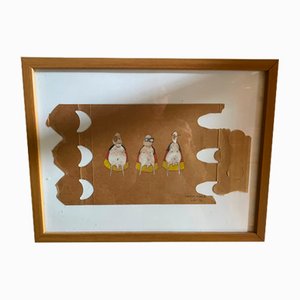
More from this Dealer
Unknown, Ancient Views of Yokohama, Vintage Album Print, 1890s
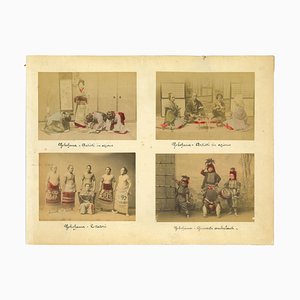
Country House - Original Etching mid 20th Century
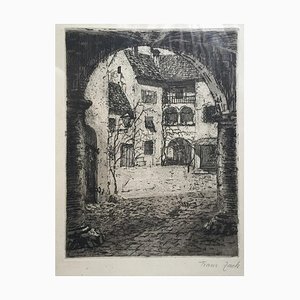
Gabriel Guèrin, Studies, Drawing, 20th Century
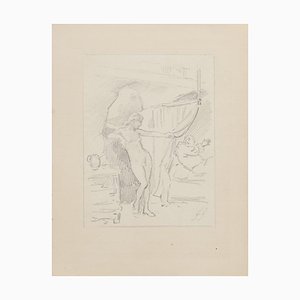
La Tribuna - Original Lithograph by G. Mataloni - 1897 1897
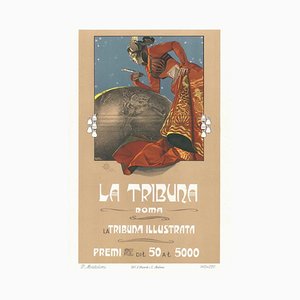
Francesco Cepparoli, Ancient Roman Scene, Etching, 18th Century
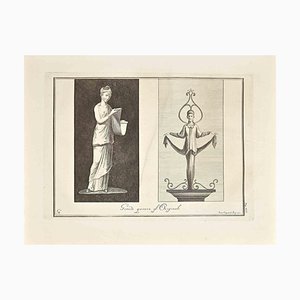
Gigi Comolli, Lombard Landscape, Oil Painting, 1928
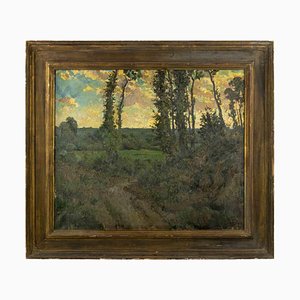
Bettino Craxi, The World, Screen Print, 1990s
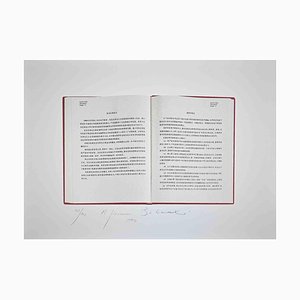
J.C. Armytage, The Mersey at Liverpool, Etching, 1845
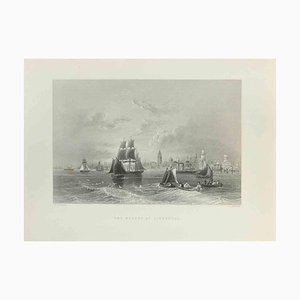
Portrait - Original Etching on Paper by Giuseppe Viviani - 20th Century 20th Century
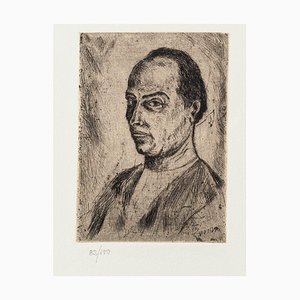
Bruno Angoletta, The Man, China Ink Drawing, 1920s

Portrait of a Man- Original Pencil Drawing by Ildebrando Urbani 1930 ca.
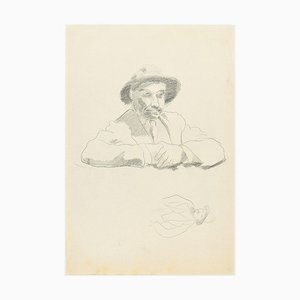
Antonio Feltrinelli, Sleeping Woman, Oil on Canvas, 1930s
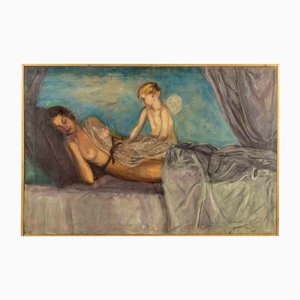
Robert Fontene, The Standing Figure, Original Ink & Tempera Drawing, Mid-20th Century
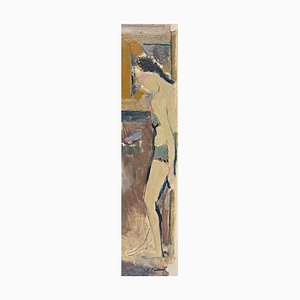
Parimah Avani, The Light of Freedom, China Ink and Acrylic Drawing, 2022
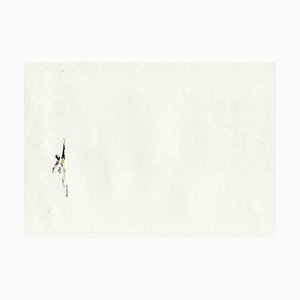
Le Gratin de Compiegne, Original Lithograph, 1885
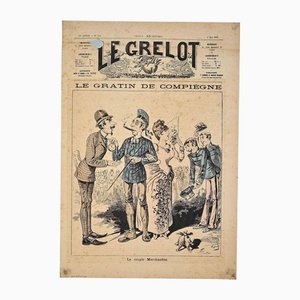
Hermann Paul, Portrait, China Ink Drawing, Early 20th Century
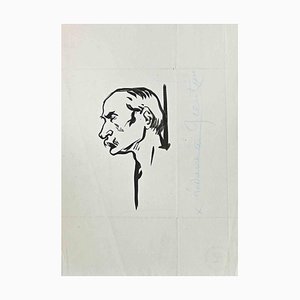
Cathedral of S. Crisogono 1955

J.C. Armytage, Maryport, Etching, 1845
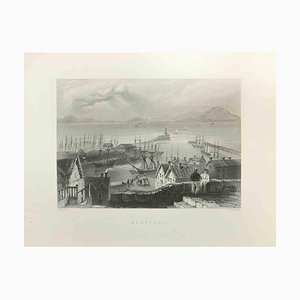
Jacques Baron, Le Mulot, Etching, 1771
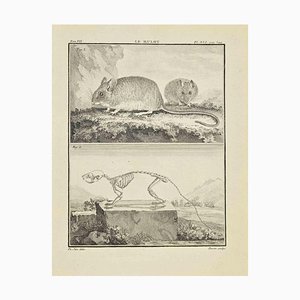
Forest - Original Ink and Watercolor by S. Goldberg - 1950s 1950s
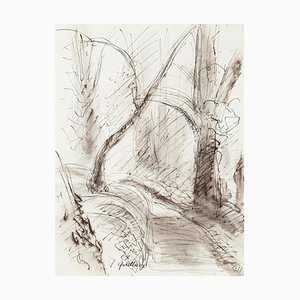
More Products
Get in Touch
Make An Offer
We noticed you are new to Pamono!
Please accept the Terms & Conditions and Privacy Policy
Get in Touch
Make An Offer
Almost There!
To follow your conversation on the platform, please complete the registration. To proceed with your offer on the platform, please complete the registration.Successful
Thanks for your inquiry, someone from our team will be in touch shortly
If you are a Design Professional, please apply here to get the benefits of the Pamono Trade Program